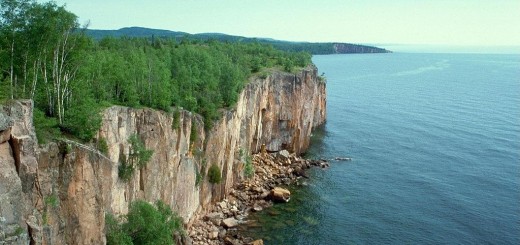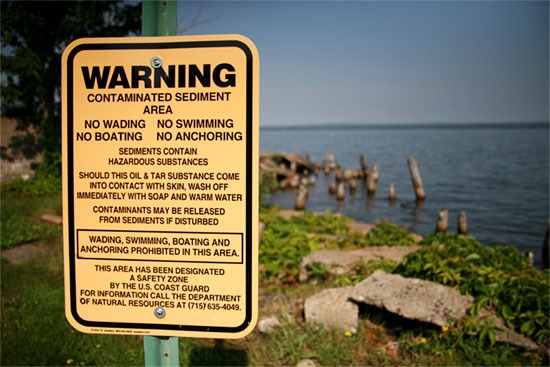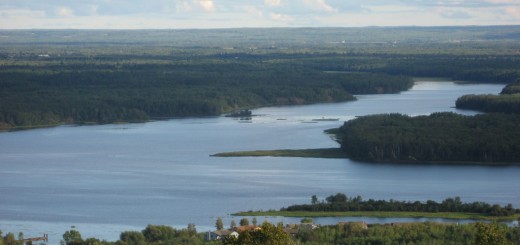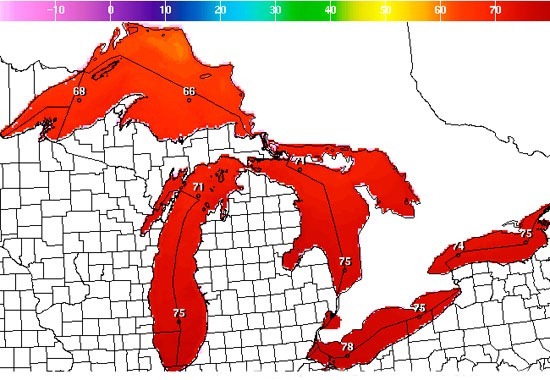Cause Of Lake Superior Levels Surge
0Between January 2013 and December 2014, water levels in Lake Superior and Lake Michigan-Huron went up at the highest rate ever recorded over a two-year period. The question then was why.
There were many hydrological drivers impacting the water bodies at that time, which made it hard to pin down what was causing the high levels. But thanks to some hindsight and the sophisticated models we have today, scientists now know what caused the record level surges.

Gargantua Harbor, Lake Superior. (Credit: Wikimedia Commons User D. Gordon E. Robertson via Creative Commons 3.0)
Researchers at the Great Lakes Environmental Research Lab pooled all of the data available and plugged them into statistical models to build estimates of the major inputs and outputs for the two water bodies. These were meant to cover a period from 2005 to 2014.
“To differentiate hydrological drivers behind the recent water level rise, we developed a Bayesian Markov chain Monte Carlo (MCMC) routine for inferring historical estimates of the major components of each lake’s water budget,” authors write in a study detailing the work published in the journal Water Resources Research.

Reef in Lake Superior. (Credit: Flickr User Justin Meissen via Creative Commons 2.0)
Results of the work indicate that the rises of water levels on Lake Superior in 2013 were driven largely by spring runoff and precipitation that fell over the lake. The following year, the role that precipitation played went down somewhat, but still contributed to increasing levels.
In Lake Michigan – Huron, rising water levels were mostly due to increased over-lake precipitation and spring runoff that was above average. There were also high flows coming in from the St. Marys River, which is downstream of Lake Superior.
Investigators hope to apply this modeling framework to other large lakes around in the future to better understand how their water levels respond to climate trends.
How are Great Lakes water levels now? What factors do you think caused the most recent surge in their levels? Please consider leaving a comment to share your thoughts!













